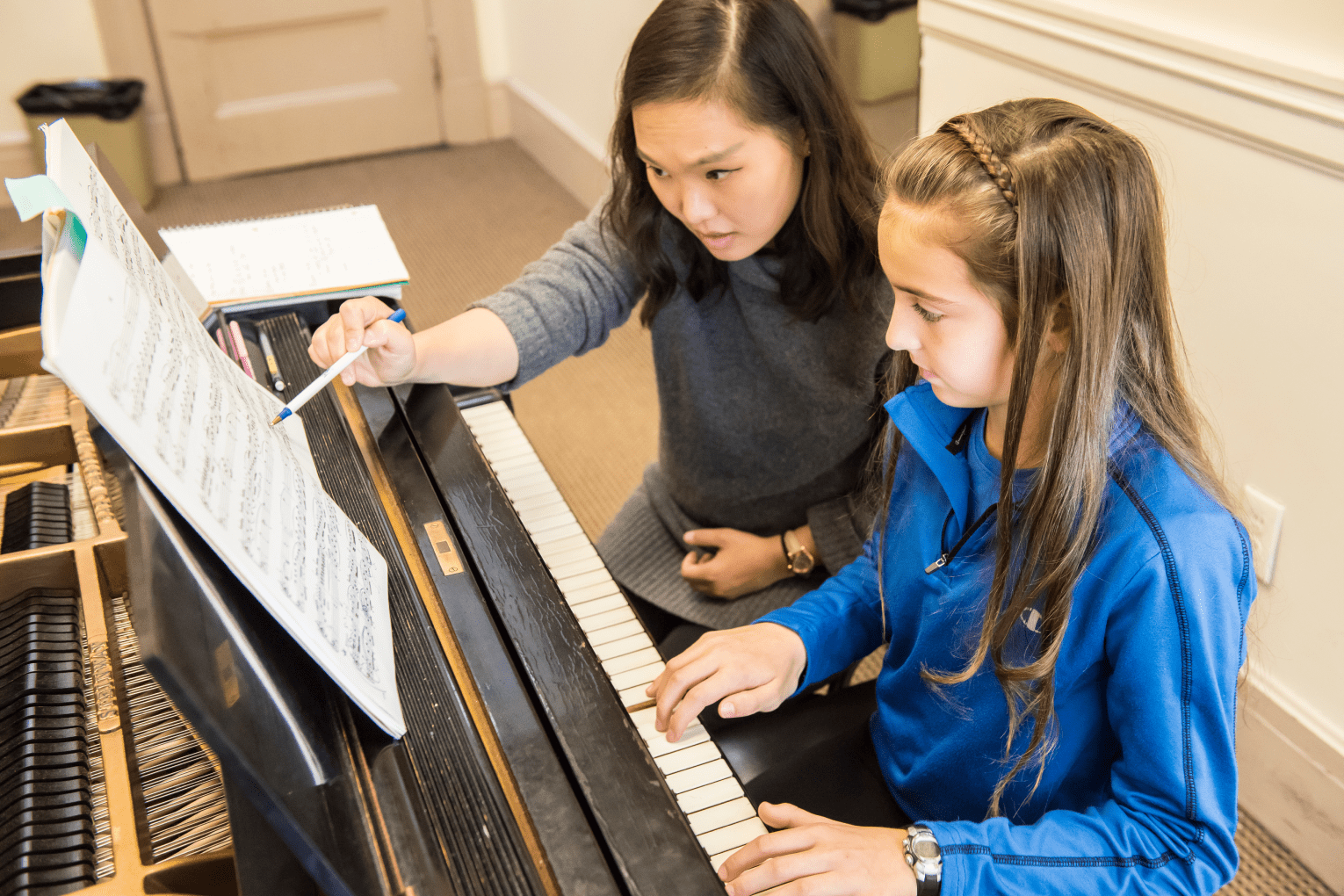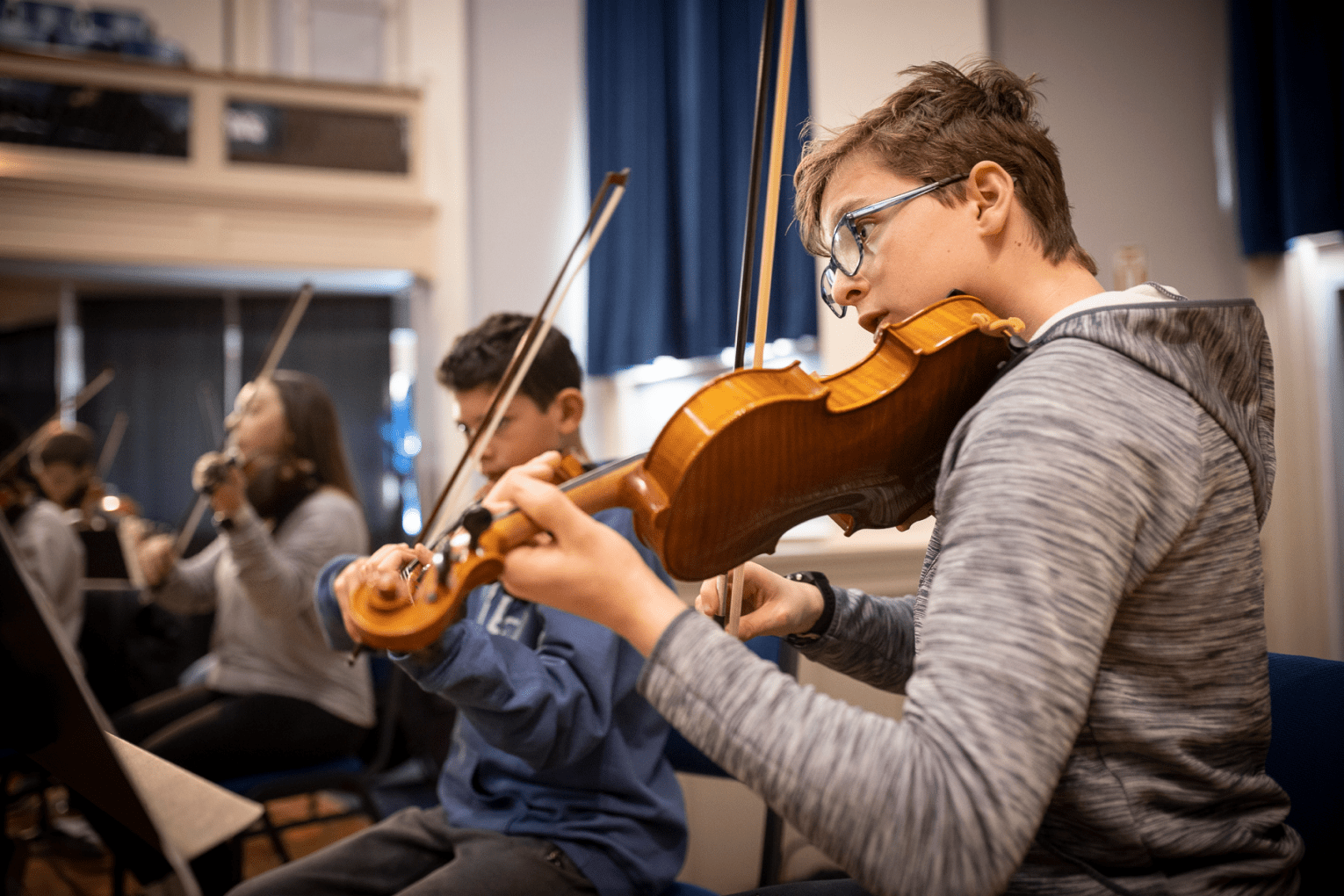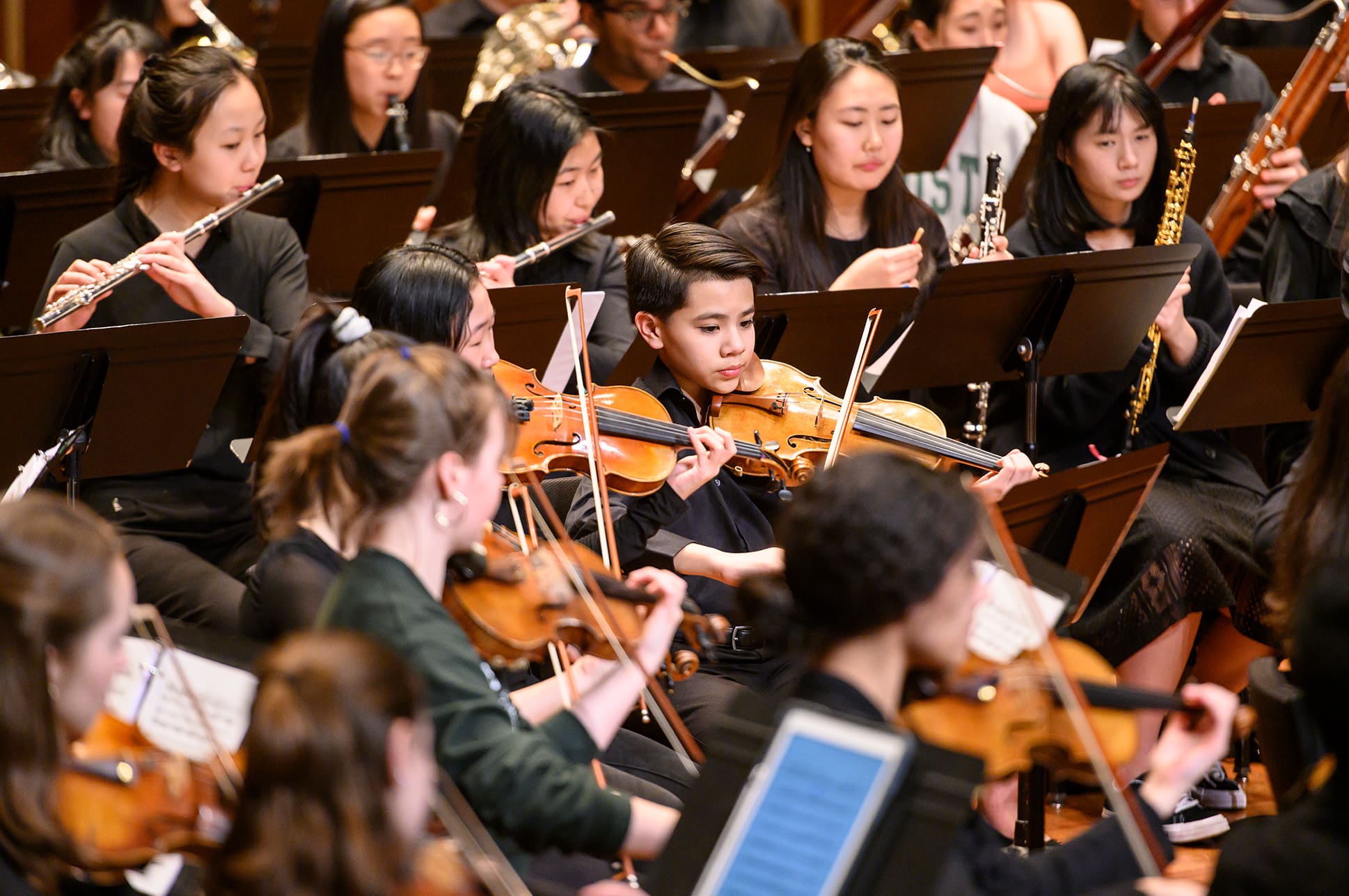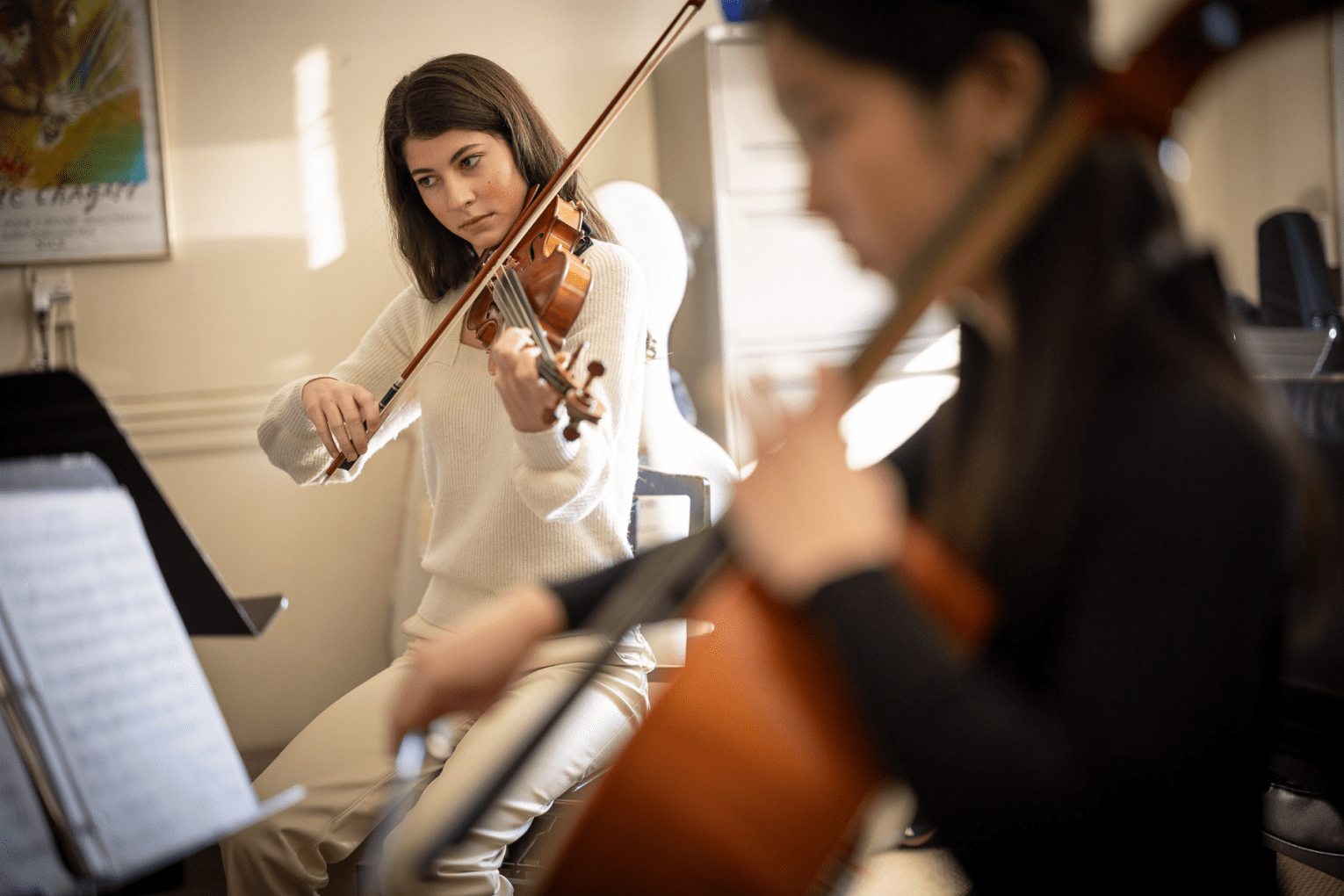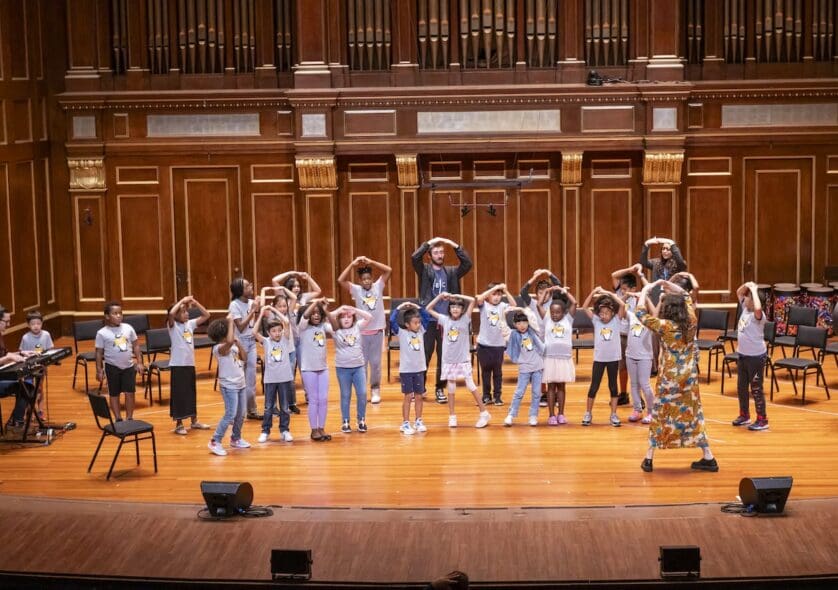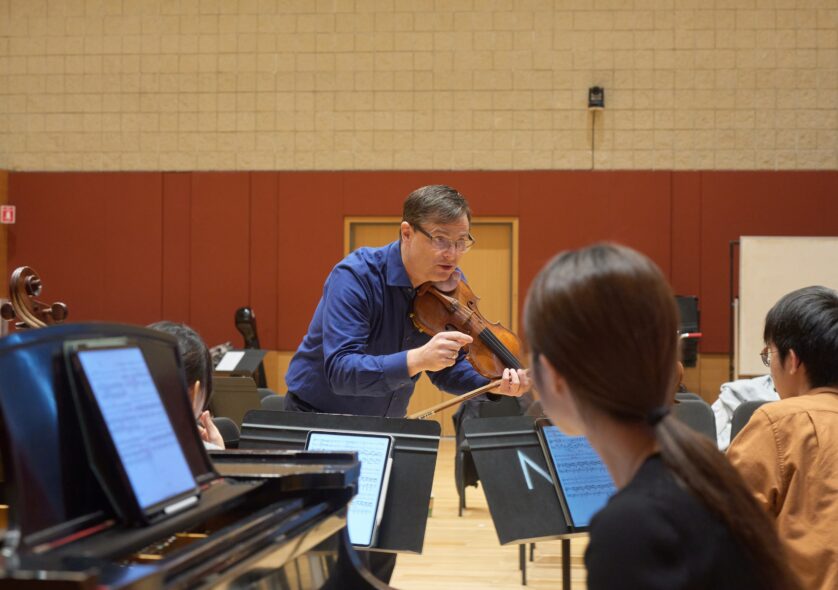Cultivate talent and confidence.
Join NEC Prep and watch your child flourish in a supportive environment.
Students at NEC Prep don’t just learn music—they thrive in it. Our programs foster skill and passion through a wide range of private lessons, classes, and ensembles.
Contact NEC Prep
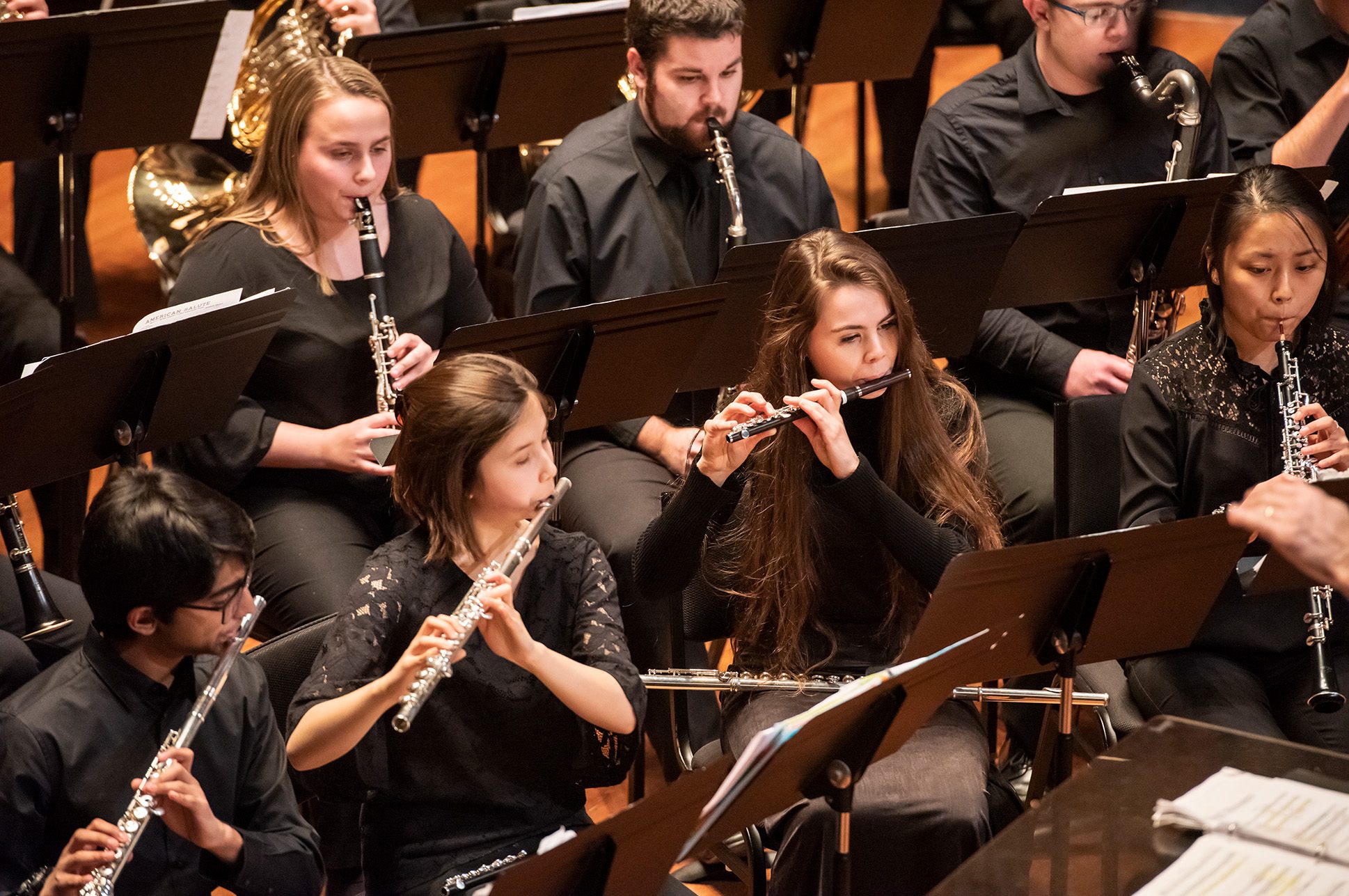
Apply for the 2025–2026 Academic Year!

Applications for mid-year enrollment are now open! Take the next step and join our vibrant community of young musicians for our Spring Semester, which begins on January 17, 2026. Apply now through the Parent Portal.
Registration-based programs, which do not require an application, are open for enrollment now. Register through ASAP.
Connect with NEC Prep
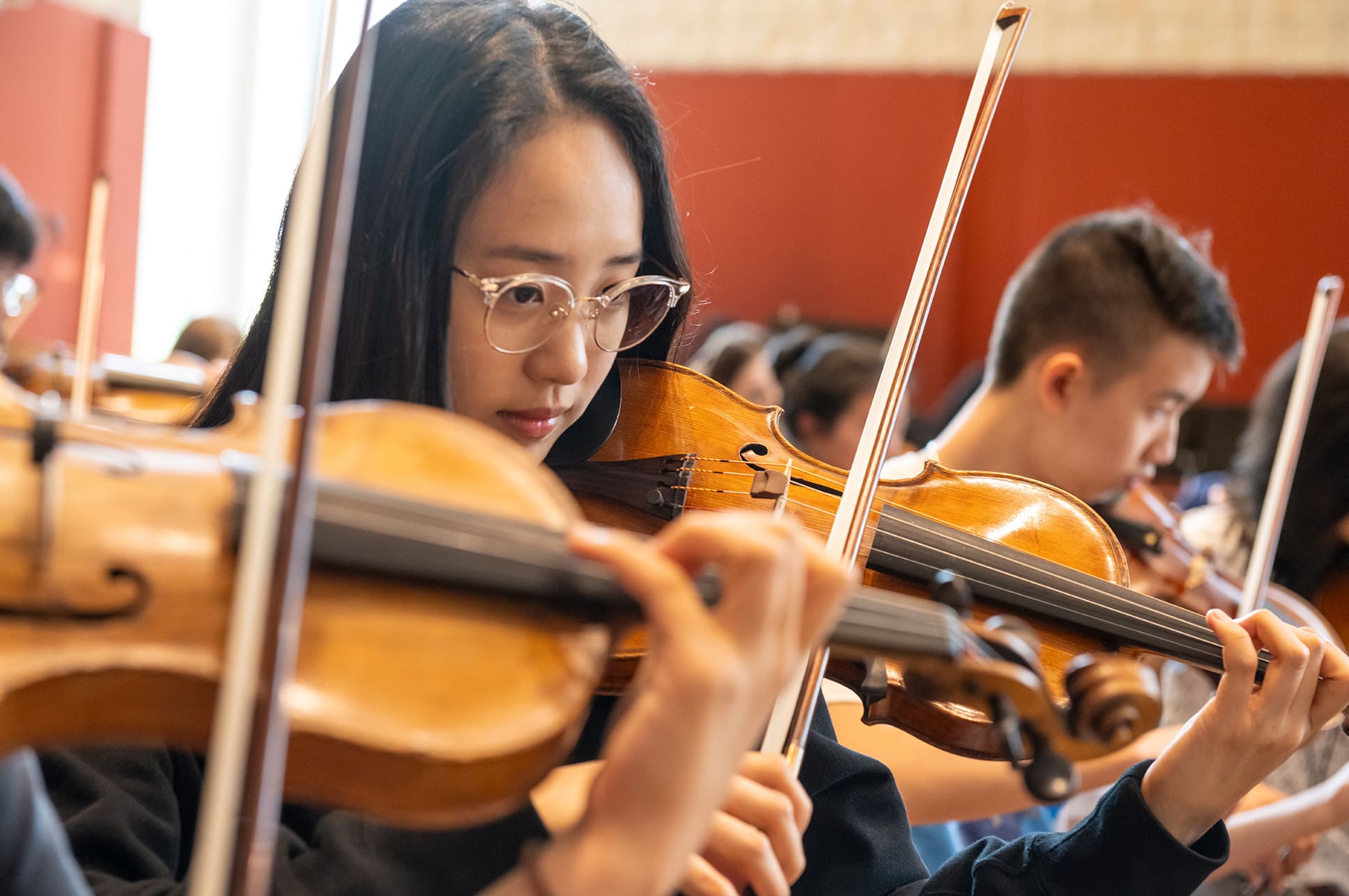
Join us for an in-person information session and tour to experience our vibrant community of young musicians firsthand. Virtual information sessions are also available!
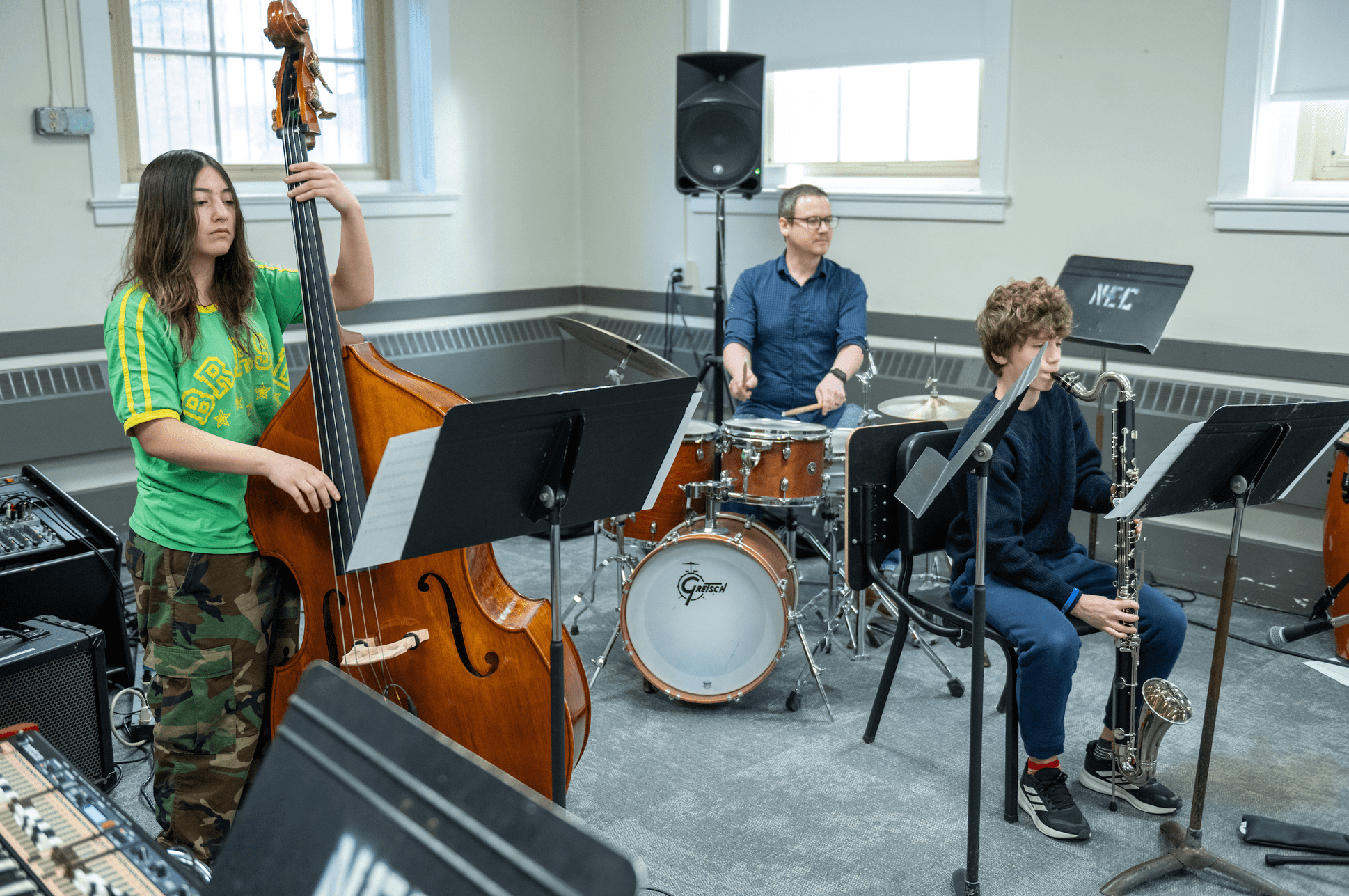
NEC Prep Programs
A place for every musician.
Sign up for a single class, join an ensemble, or move through a training program at your own pace. NEC Prep offers the flexibility to shape the musical education that best fits you or your child.
THE LATEST NEWS FROM NEC PREP
Making Music Matter
NEC Prep celebrates music-making of all kinds, in all places.

From Boston Public Schools and independent arts schools to partnerships with the Boston Symphony Orchestra, the impact of NEC musicians is heard, felt, and lived.


